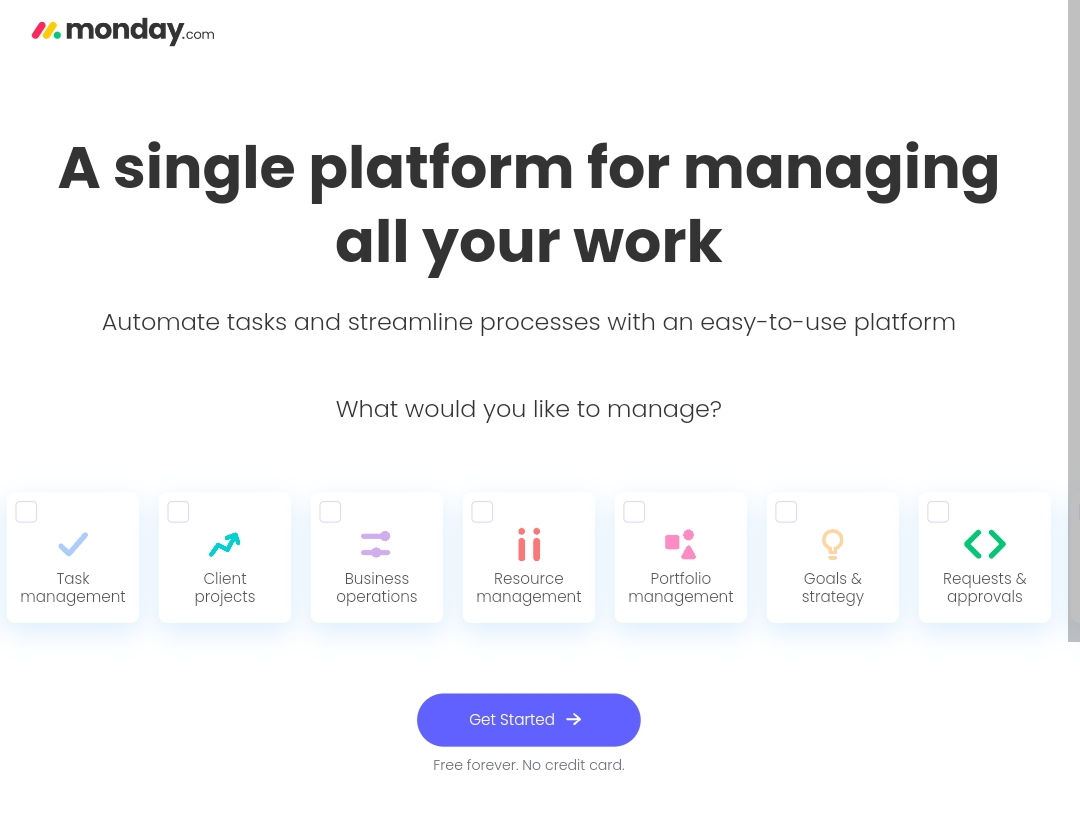Download Free A Quick Guide to the SWOT Analysis PDF
What is a SWOT Analysis?
The SWOT (Strengths, Weaknesses/Areas for improvement, Opportunities, Threats) analysis often is used in strategic planning. The analysis focuses on the four elements included in the acronym, allowing organizations to identify the forces influencing a strategy, action, or initiative. Knowing these positive and negative elements can help organizations or their units, including residency and fellowship programs, to more effectively identify strengths and improvement needs, and assess their environment.
The results of the SWOT analysis are typically recorded in a two-by-two table that shows the four dimensions side-by-side for comparison, as shown in one of the sample SWOT analyses that follows. Alternatively, the four cells can be presented below each other, as is done in the other example.
Internal Factors SWOT Analysis
The first two letters in the acronym, S (strengths) and W (weaknesses), refer to internal factors. These are elements under the control of the program, including faculty members’ qualifications and experience, current trainees, and the resources available to the program. Examples of areas typically considered include:
- Typically considered include:
- Financial resources (institutional support, department support, added resources from grants, other sources)
- Physical resources (location, facilities, equipment, technology)
- Human resources (faculty, community voluntary faculty, coordinators, other program staff)
- Other resources (reputation, graduate network)
- Current processes (curriculum, rotations and experiences, simulation, didactic program)
Using the Data from the SWOT Analysis
Once the SWOT analysis is completed, the program can decide on high value areas for improvement, or strategies to maintain and sustain current areas with good performance. Ideally, strategies should focus on leveraging strengths; addressing critical “weaknesses” (areas for improvement); taking advantage of desirable opportunities; and mitigating threats.
Often, strategies emerge by pairing information in the four cells. All four cells can be assessed in pairs of two. Often, the most important pairing is that of internal weaknesses and external threats, as this may identify the most serious issues facing the program.
For the Self-Study, programs should complete a general SWOT analysis that considers their strengths, weaknesses/areas for improvement, and the factors in their environment. It is also possible to conduct a SWOT analysis of a planned major change in a residency or fellowship program, such as expanding the number of trainees or changing a major participating site.
SWOT Analysis Example PDF
Summarize the information on the program’s environmental context that was gathered and discussed during the Self-Study. (The italicized text in is used to show SWOT analysis dimensions used in selecting action items after the Self-Study. This information is NOT included in the Self-Study Summary submitted to the ACGME).
In the Summary of Achievements, which is submitted prior to the 10-Year Accreditation Site Visit, programs will report on Program Strengths, as well as improvements in areas identified as Program Weaknesses/Areas for Improvement made in the period between the Self-Study and the 10-Year Site Visit.
Program Strengths
- Proactive leadership by the program director, department chair, and program coordinator
- A training model that provides one-on-one mentoring between faculty members and residents allows the early operative experience
- The program is “resident focused,” and the limited number of fellows does not interfere with resident education
- Robust simulation training using high-fidelity models, a boot camp for arthroscopy, use of animal models for microvascular surgical techniques, and work with industry partners to expand resident access to experience with procedures
- A diverse set of training sites in close proximity to the primary institution.
Program/Areas for Improvement
- The individualized attention to residents, with one-on-one mentoring by faculty, could be negatively affected by the expansion of the healthcare system to multiple locations, the addition of many new, young faculty members, and the accompanying increase in clinical volume.
- It is a challenge for residents to accomplish high-quality research during their five-year program with only a 2.5-month block of time for research and a limited number of faculty mentors.
- While the department has ample research infrastructure, residents may benefit from more formal guidance and mentoring in the process of selecting and initiating their projects, and ongoing monitoring to ensure progress.
- As the institution has increased the sophistication of its quality improvement (QI) activities, the high level of performance of institutional QI suggests a need for basic Kaizen training on the part of residents participating in these activities (contrasted with learning by doing).
Program Opportunities
- • As the Department continues to grow, this creates additional opportunities for new teachers, added variety, and clinical and educational innovation. More midlevel providers are needed for care continuity for patients, and to support residents to ensure the increased patient care service needs do not trump the educational benefits of growth.
- The Department should continue to build on early success with simulation training. Past efforts from sawbones have grown to a robust cadaveric program. There are many future opportunities to build an assessment of competency into the simulation program, particularly with the intern class. We will not do this at the expense of protected low-stress learning time. Simulation allows for interaction with other residencies.
- The Department should take advantage of the ability to pull data from the EPIC system, and leverage EPIC as a resource to obtain data on resident and faculty practice outcomes and as tools for investigative research studies.
Threats Facing the Program
Based on the information gathered and discussions during the Self-Study, what are real or potential significant threats facing this program?
- Based on the information gathered and discussions during the Self-Study, what Continued growth of the department may create a situation where residents no longer spend significant time on any rotation with a single faculty mentor, which disrupts the mentorship goal of the program and the mentorship currently provided.
- Research funding nationwide continues to be difficult. Smaller fund requests can support needs for specialized support for statistics, research planning, travel, and basic equipment.
- Further hospital growth may disrupt the resident call schedule, and distribute resident call over too many services. Service needs should not be allowed to disrupt the educational mission, and inpatient services may require midlevel provider support to manage the service burden.
- As value-based care is adopted, the Department must ensure that residents are intimately involved in the clinical care delivery and decision-making process. Residents should be exposed to best practices, and a variety of practices to allow for independent learning. real or potential significant threats facing this program?






